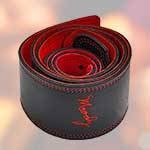I would like to review the CLASSIC PRO / CP12E that I have obtained!
CLASSIC PRO / CP12E PA Speaker
Why did I choose the CP12E?
PA speakers range in size from the smallest 4 inches to the largest 18 inches, and there is a wide variety of characteristics, including different materials for the chassis and tweeter shapes.
There is also a type with a sloped enclosure for floor-standing monitors, as well as differences between passive and powered models. Here is why I chose the CP12E.
Why 12 inches?
As for the size of the woofer unit, the reason for choosing a 12-inch unit is that it’s versatile enough to be used in any capacity venue. It has an allowable input of 280W, so it can be used as a main speaker in small venues and as a monitor in medium or larger venues. Weighing only 12.5 kg, it is easy to transport, and carrying it in and out will not be a hassle.
Why Passive Type?
If you have a specific use or location in mind, it is better to choose a powered type speaker that uses a power supply because you do not have to prepare a separate power amplifier and speaker cables. In my case, I chose passive type speakers because I do not have a fixed location where I will use them.
Unparalleled Value!
It may not be an exaggeration to say that this is the main reason why I chose the CP12E..
However, what I’m concerned about is how the sound quality and durability are due to its low price. Let's take a thorough look at this area.
Test 1: Opening the package - Operation check
Since I wanted to use them in stereo, I purchased two units and immediately checked their operation.
Here is a photo taken immediately after opening the package.
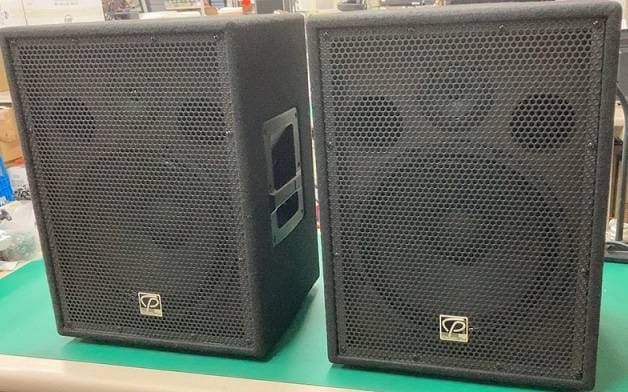
The connection method is simple: mixer → power amp → CP12E with the sound source and microphone.
The sound balance is flat. I thought the tweeter was not a horn type, so the treble might not be extended, but that was not the case, and the desired sound was produced without any adjustment to the equalizer. The woofer also has a dry sound without too much bass, which I personally prefer. I think it would be quite powerful in a speech or acoustic type PA.
Also, the sound of the mixer's preamp and the characteristics of the power amp seem to come out as they are without any processing, so depending on the tuning, it seems like it could make a pretty good sound.
Test 2: On-site debut
This is a test, or rather, a performance. This is my onsite debut, or rather, an onsite review.
This time, I was invited to the 5th anniversary event of LOS MAVERICKS, a vintage clothing store located in Chiba Prefecture.
For more details, please check out this blog.
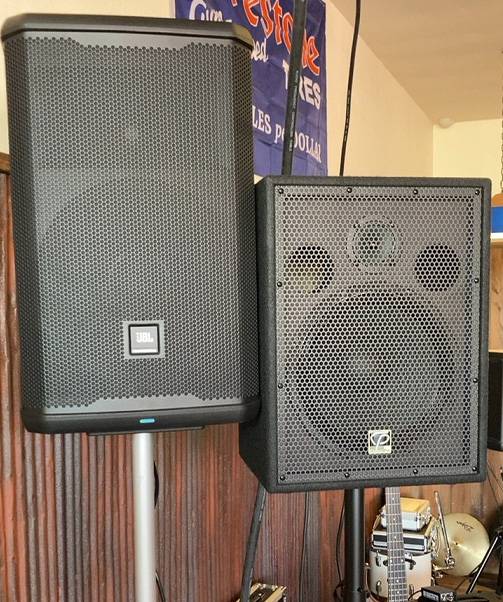
First of all, I set up a JBL PRX912 as the main speaker and a CP12E as the sub speaker next to it.
The JBL PRX912 is the same 12-inch speaker as the CP12E, but it is a powered type with an amp output of 2000W peak and 1000W RMS, so you can enjoy JBL's unique high-end sound quality as well as sound pressure.
You may be wondering, "Why not just use the PRX912?” However, in this case, the band consists of drums, bass, guitar, and vocals, and each instrument is collected by microphone and line, mixed, and outputted.
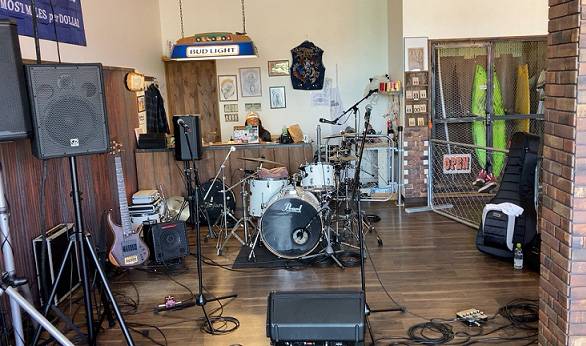
If you try to produce the entire band sound with high sound pressure with a single speaker, you may encounter some overlap in the sound range or interference with the live sound, making it difficult to listen to the sound.
This is not necessarily a problem with the speakers, but is related to the size of the venue, the material of the walls, and the balance of the instruments used.
If there is a sound that is difficult to hear, the level or equalizer tends to be turned up, and the overall balance is lost.
This is where the CP12E comes in: it disperses the vocal sound, which is often buried by the instrumental sound, by outputting only the vocal sound from this speaker, thereby delivering a clear voice without having to raise the level.
By positioning the speaker height closer to the ear and at a more inward angle than the PRX912, a three-dimensional sound image can be achieved.
The CP12Es also helped to bring the whole system together without losing the sound pressure of the PRX912s.
It can be said that the strategy worked in this case.
Summary
When I actually tried out these speakers, I found that they sounded quite good, even with background music and DJ samples in addition to vocals. It may be difficult to produce sound pressure with a band sound that includes drums, but I think a wide range of sound makeup can be done by combining it with a subwoofer or using multiple speakers.
I can’t testify to the durability since I only used them once, but there have been no problems at all when used within the allowable input range. Also, since there are maintenance parts such as drivers and woofers, it is good that even if it should break, I can easily fix it myself. There is also a floor monitor type CP12ME, which I wanted to have as a set.
It is definitely cost-effective. I recommend this product to anyone who is thinking of getting PA equipment or is having trouble choosing a 12-inch passive speaker!





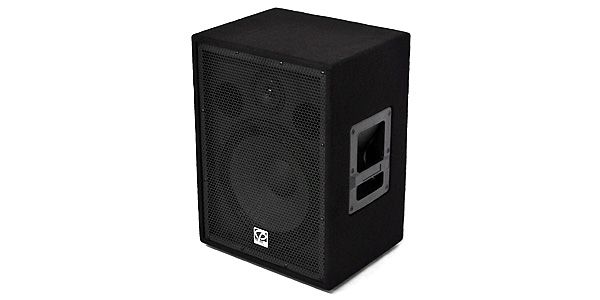

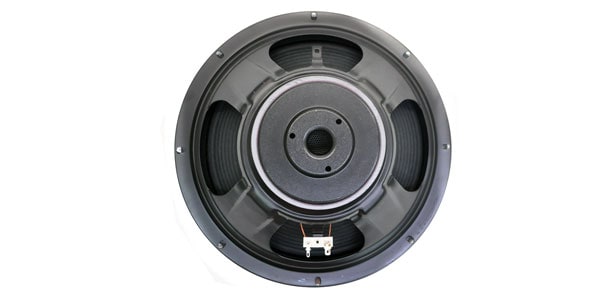
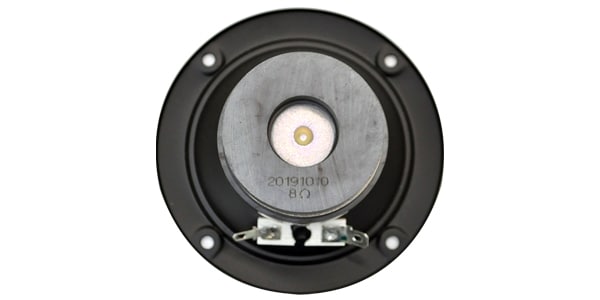
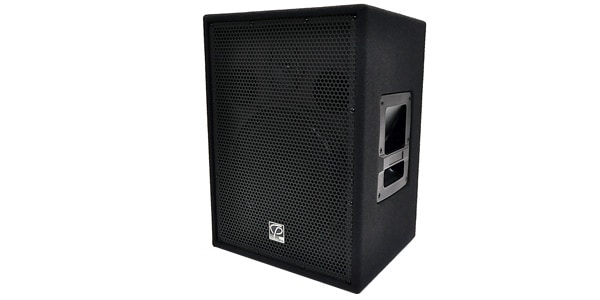
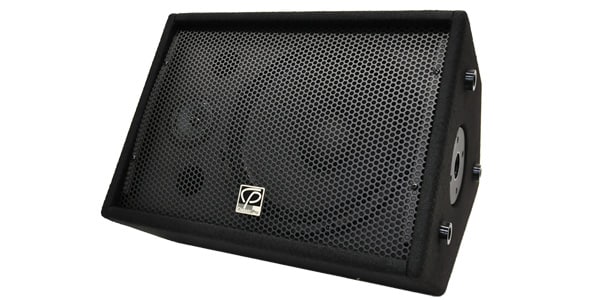
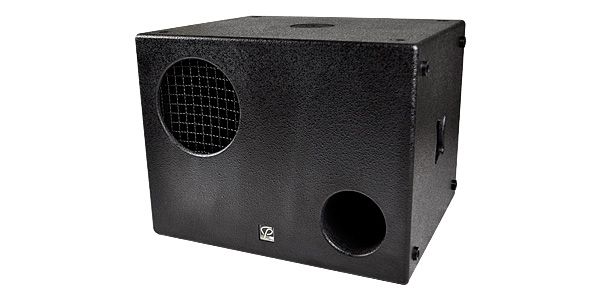
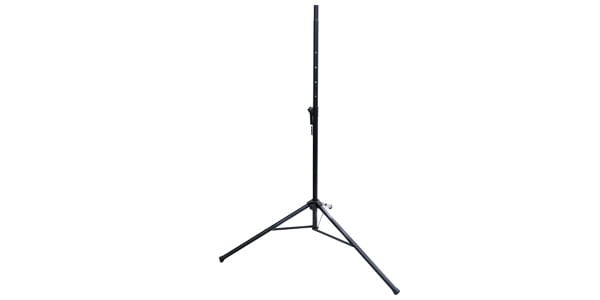
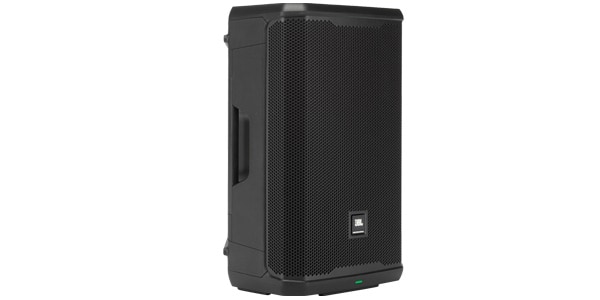
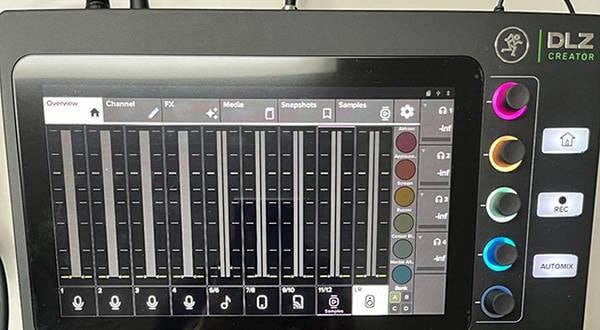
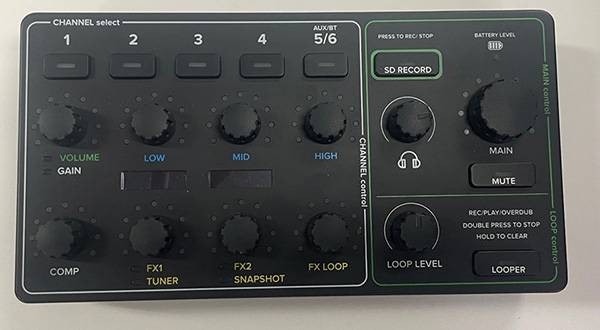
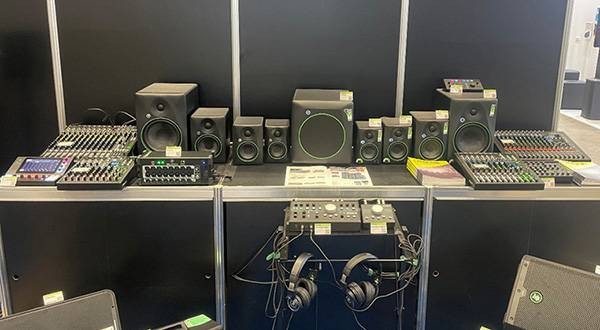

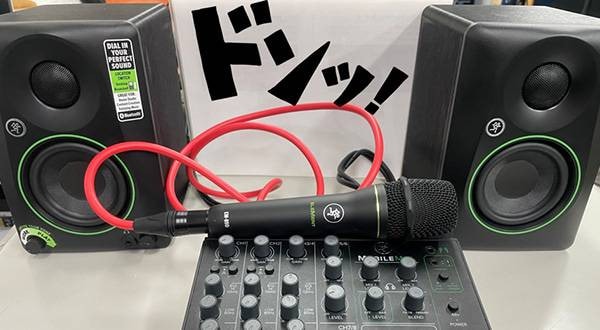
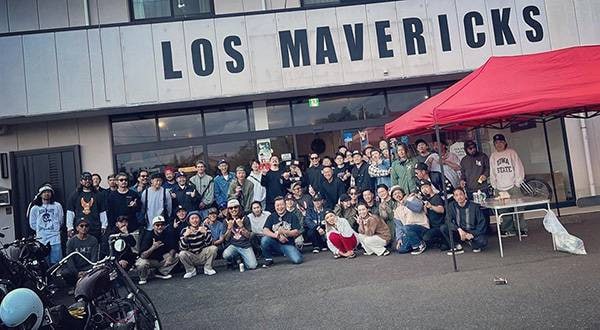
![[Latest Edition] A Staff Favorite! Recommended Classic Pro Power Amplifiers by Application and Type!](/contents/uploads/thumbs/2/2022/11/20221122_2_20155_1.jpg)
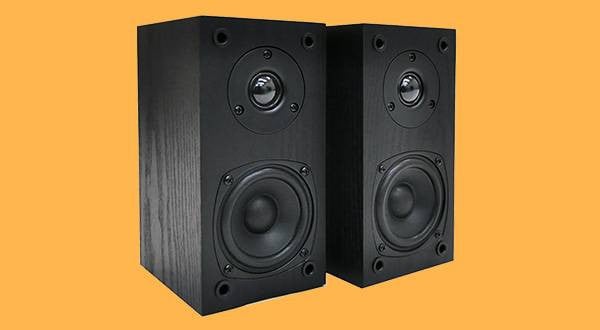
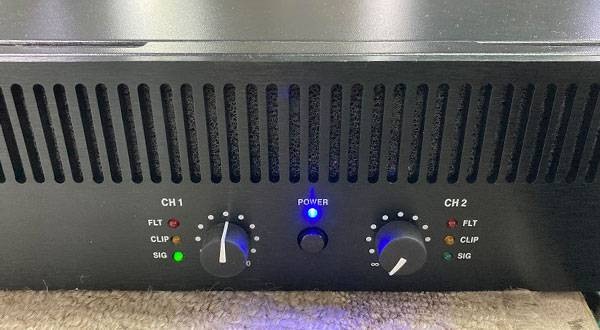
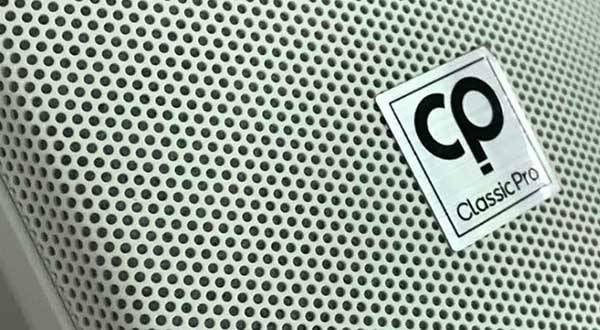

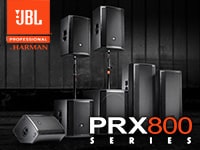 JBL スピーカー PRX800シリーズ
JBL スピーカー PRX800シリーズ
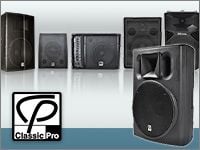 スピーカーの定番 Classic Proのおすすめモデル
スピーカーの定番 Classic Proのおすすめモデル
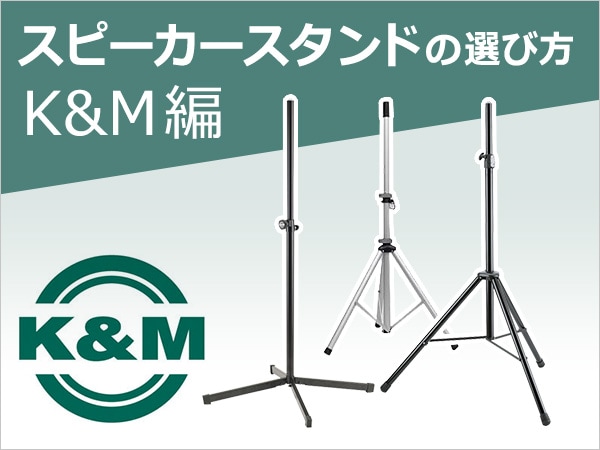 スピーカースタンドの選び方 K&M編
スピーカースタンドの選び方 K&M編
 スタジオモニタースピーカーを選ぶ
スタジオモニタースピーカーを選ぶ
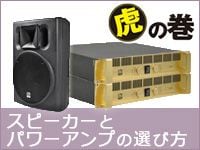 スピーカーとパワーアンプの選び方
スピーカーとパワーアンプの選び方
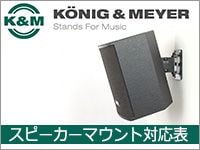 K&M スピーカーマウント対応表
K&M スピーカーマウント対応表
